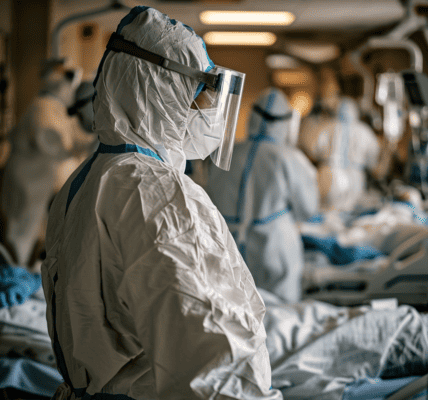Anorexia nervosa is a potentially life-threatening eating disorder that affects a small percentage of males, with a significantly higher mortality rate compared to the general population. Stigma, poor mental health literacy, and gendered stereotypes often lead to delayed treatment and worse outcomes for affected individuals. Therefore, early identification and prompt treatment are crucial in addressing this condition.
Specific adolescent male populations, such as athletes involved in body- and strength-focused sports, racially and ethnically diverse males, and individuals identifying as gay, bisexual, transgender, and queer, are at an elevated risk of developing anorexia nervosa. It is essential for healthcare professionals to be vigilant in screening and identifying potential cases within these groups.
Furthermore, the evaluation of adolescent males with possible anorexia nervosa should include screening for muscle-enhancing goals and behaviors. These behaviors, driven by body ideals emphasizing muscularity and leanness, may involve various diet changes, purging, supplement use, and even anabolic steroid use. The use of assessment instruments, such as the Muscularity Oriented Eating Test, can aid in identifying disordered eating behaviors related to muscularity.
Complications of anorexia nervosa can be life-threatening, encompassing a range of medical issues such as vital sign instability, abnormal cholesterol levels, electrolyte abnormalities, and low bone mineral density. Therefore, a comprehensive evaluation, including history-taking, physical examination, and bloodwork, is imperative in identifying serious medical complications and guiding subsequent treatment.
Clinical guidelines recommend family-based treatment as the first-line outpatient treatment for most adolescent males with anorexia nervosa. This approach, coupled with ongoing medical monitoring, can effectively manage the condition in an outpatient setting. However, it is important to note that some adolescents may require treatment in a hospital setting, highlighting the severity and complexity of anorexia nervosa in this demographic.





